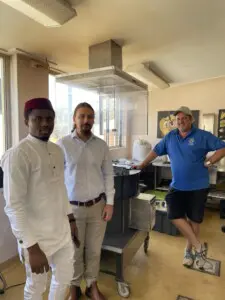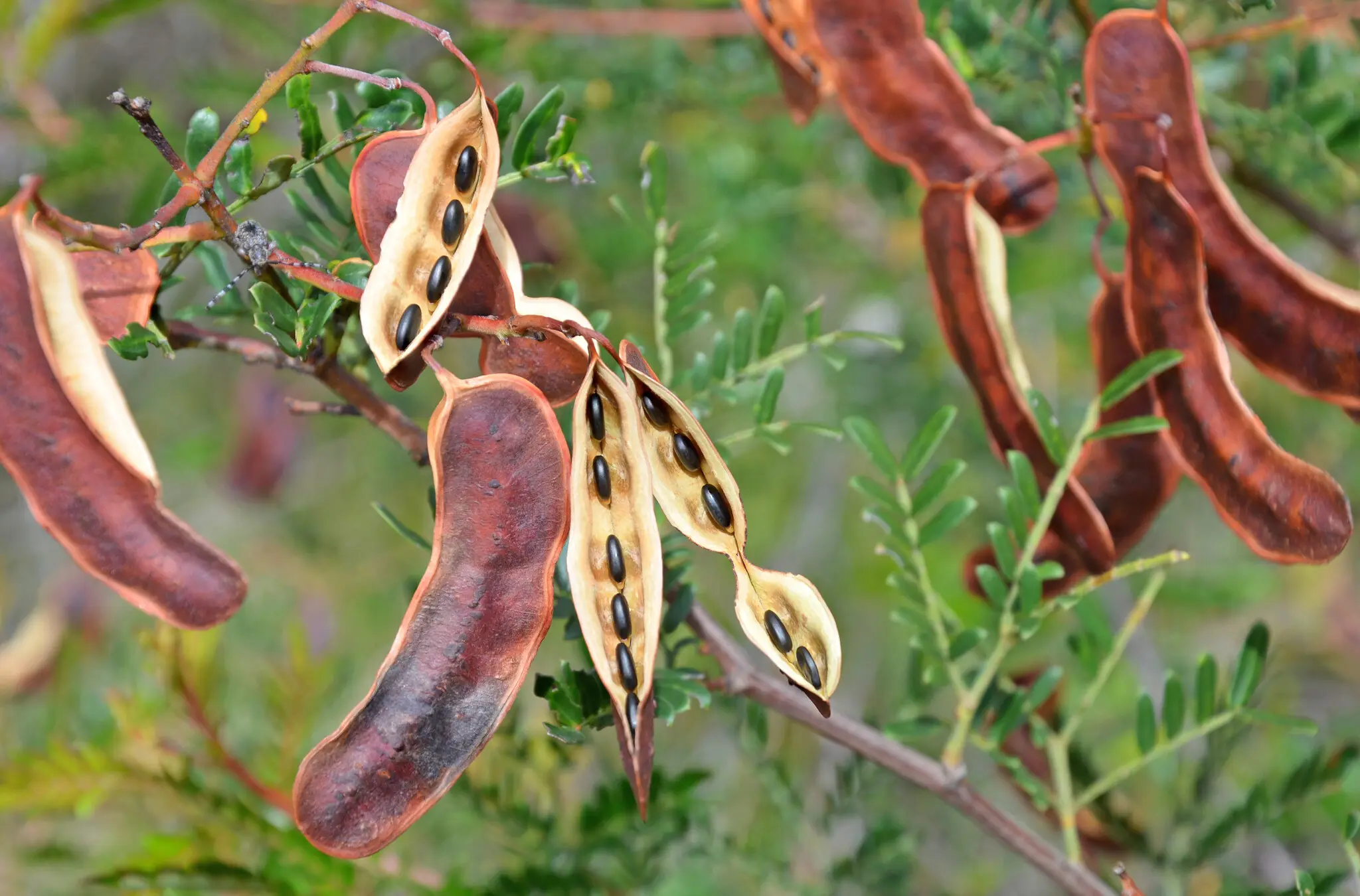Tell us about yourself?

I am a plant biologist with a research background in the hormonal and stress physiology of flowering plants. I am originally from Nigeria, but I conducted my doctoral research and obtained my PhD in South Africa, where I also undertook research on the efficacy of plant biostimulants in the amelioration of abiotic stress in crop plants. I recently moved to Western Australia to join the Centre for Engineering Innovation: Agriculture and Ecological Restoration (CEI:AgER).
What inspired you to become a scientist?
My interest in science began when I was young and could barely explain what science really meant. But I knew one thing – that scientists solve problems by asking questions and experimenting – and that’s something I wanted to do. My interest in botanical sciences were shaped by my early experiences in the tropical rainforests of West Africa, where I lived with my grandmother who grew cocoa beans and some annual cash crops.
Tell us about your current position?
I am currently a postdoctoral research fellow with CEI:AgER and one of the plant biologists in the Restoration Ecology subgroup of the Centre. I am working to find solutions to the challenges of seedling establishment under stress conditions – a critical bottleneck in the restoration of mine sites in both the Pilbara and Southwest mining environments.
Tell us about your project and what its primary goal is?
My research projects are primarily targeted at enhancing seedling growth and development to boost seedling performance and recruitment during the restoration of mining environments, including establishment in highly altered mine waste growth media. To achieve this, we are developing seed enhancement technologies, such as seed coating and pellets. These technologies ensure seamless seedling emergence and boost growth, while also amending the rhizosphere, to help seeds mitigate root-associated stress conditions that are characteristic of mining environments.
What makes you so passionate about your project?
I’m passionate about the opportunity to help achieve the sustainable exploitation of natural resources through restoration science. I believe we all have a duty to ensure our existence and use of natural resources in the present does not deprive subsequent generations of a quality life. We must therefore ensure that, where human endeavours alter the environment in detrimental ways, conscious efforts are made to restore such environment back to its natural state, or at least help set it on a path to doing so.
How does being involved with CRC TiME help support your love of science?
The CRC TiME network is a unique assemblage of partners across the country, spanning mining, government, universities, First Nations, and regional non-governmental organisations that are new to me. Since commencing my role at CEI:AgER just two months ago, I have already had the privilege to work with some of the CRC’s diverse partners within the Australian Seed Scaling Initiative (CRC TiME Project 3.13). These experts have provided me with a wealth of perspectives from which I can learn, and apply my knowledge to, the subject of seed enhancement technologies and the restoration of degraded mining environments. This is with notable respect to the peculiarities of Australian flora, climatic profiles of the Pilbara and southwestern regions, and the challenges that limit the revegetation of mining environments and sites under rehabilitation. Both funding and partner support, led out of the CRC TiME program, have enhanced my ability to apply my scientific knowledge both at the site (mining) level and more broadly across degraded landscapes.


